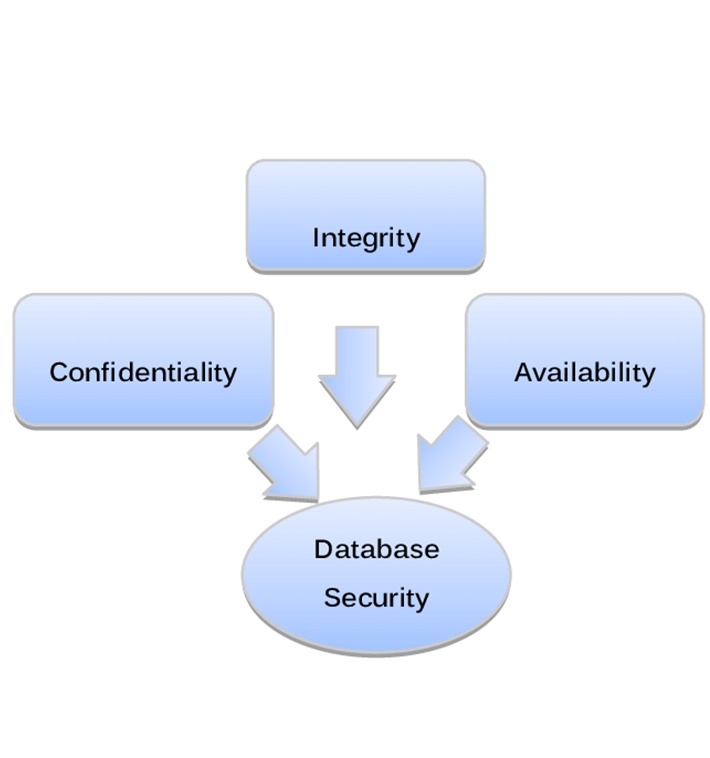

- ANY LARGE DATABASE NEEDS A GOOD SEARCH DEFAULTS HOW TO
- ANY LARGE DATABASE NEEDS A GOOD SEARCH DEFAULTS UPDATE
- ANY LARGE DATABASE NEEDS A GOOD SEARCH DEFAULTS FULL
- ANY LARGE DATABASE NEEDS A GOOD SEARCH DEFAULTS WINDOWS
PostgreSQL itself has only recently started adding multi-threading capabilities on the query level, and will be getting much better in the years to come. These days, it’s not hard to have multiple cores available for a database host.
ANY LARGE DATABASE NEEDS A GOOD SEARCH DEFAULTS UPDATE
Using the PGDG packages will ensure updates to PostgreSQL are available for update upon release, rather than waiting for the Linux distribution’s built in repositories to approve and provide them.

Installation can be done either by source, or using repositories maintained by either the distribution of Linux chosen, or better yet, the PostgreSQL Global Development Group (PGDG), which maintains repositories for Red Hat based systems (Red Hat, Scientific Linux, CentOS, Amazon Linux AMI, Oracle Enterprise Linux, and Fedora), as well as packages for Debian and Ubuntu. CentOS 6 is still a valid and supported version of the Operating System, and CentOS 8 is expected to be released before 6 becomes unsupported. This unfortunately rules out using CentOS 7 if going the CentOS route. Benchmarks have shown that the number of transactions per second drop from kernel version 3.4 – 3.10, but recovers and significantly improves in kernel 3.12. NOTE: Linux has a range of kernel versions that are not optimal for running PostgreSQL, so they are highly suggested to be avoided if possible (especially on applications where peak performance is the utmost importance). Since Red Hat and CentOS focus on stability and performance, the community behind these projects work hard to make sure important applications, such as databases, are on the most secure and most reliable build of Linux possible. The seemingly highest used Linux distribution used for hosting PostgreSQL is a Red Hat based system, such as CentOS or Scientific Linux, or even Red Hat itself. For this discussion, we’ll stick to Linux based systems.

ANY LARGE DATABASE NEEDS A GOOD SEARCH DEFAULTS WINDOWS
However performance on Windows is not even comparable to a Unix-like system, so unless it’s for a small throw away project, sticking to an established Unix-like system will be the way to go. PostgreSQL can be compiled on most Unix-like operating systems, as well as Windows. Depending on the applications needs, a sufficient host as well as a well-tuned PostgreSQL configuration will have an amazing impact on the performance of the database system. The main pillars needed to reliably set up PostgreSQL are based on the CPU, Memory, and Disk abilities of the host. When (or if) the application grows to the point that the majority of data cannot be stored in memory, disk access speed is crucial.
ANY LARGE DATABASE NEEDS A GOOD SEARCH DEFAULTS FULL
Keep an eye out for whether or not the cloud server is shared or dedicated (dedicated allowing full performance from the server for the application), as well as the level of IOPS (Input/output Operations Per Second) provided by a cloud server. Unless the cloud platform chosen is highly optimized (which generally means higher price), it may have trouble with higher load environments. Hosting a database in the cloud can be wonderful in some aspects, or a nightmare in others.

This however comes with the need to have an expert on hand (or contract) to do server maintenance. This also allows for tighter control over CPU, Memory, and Disk setups. With an on-premise database, the best option is for a bare metal host, as Virtual Machines generally perform slower unless we’re talking about high end enterprise level VM’s.
ANY LARGE DATABASE NEEDS A GOOD SEARCH DEFAULTS HOW TO
Here, we will go over a basic setup for new projects, and how to set PostgreSQL up to run the most optimally on new projects. When a new server is installed, PostgreSQL’ s settings are very minimum as they are designed to run on the least amount of hardware possible. Regardless of the application, it’s likely that some setup and configuration help will be needed to get the database ready for action. Welcome to PostgreSQL, a powerful open source database system that can host anything from a few megabytes of customer data for a small-town-business, to hundreds of terabytes of ‘big data’ for multinational corporations.


 0 kommentar(er)
0 kommentar(er)
